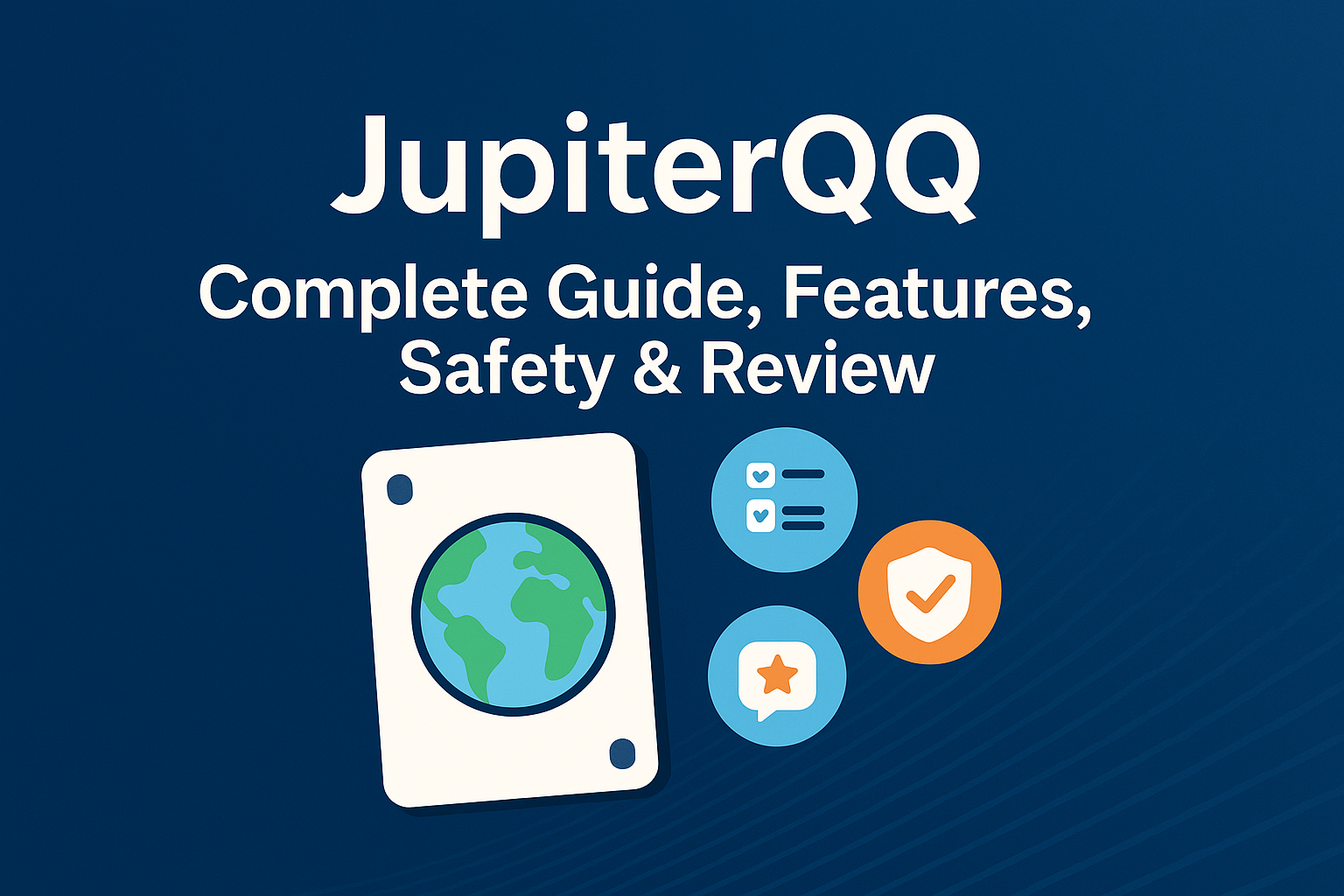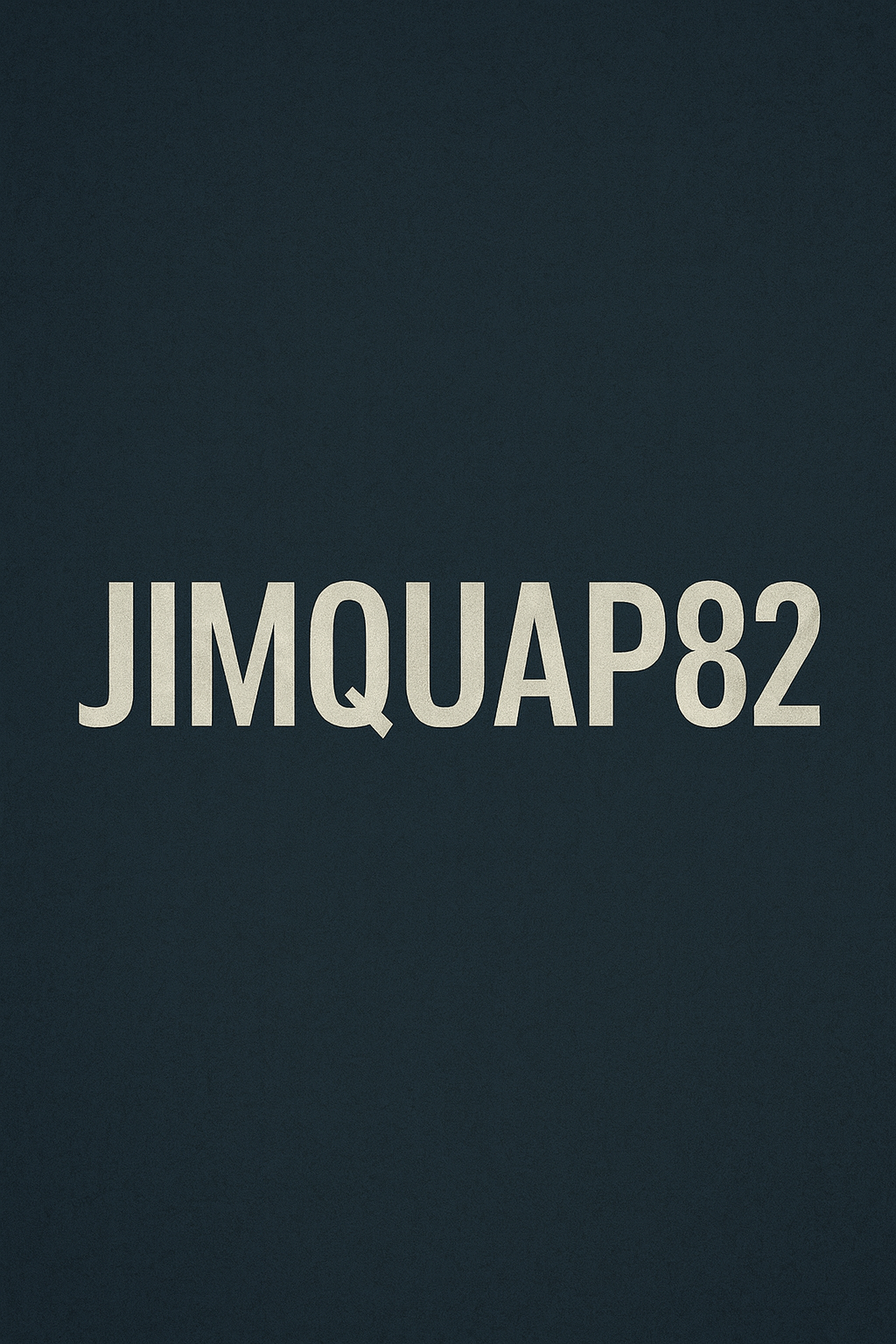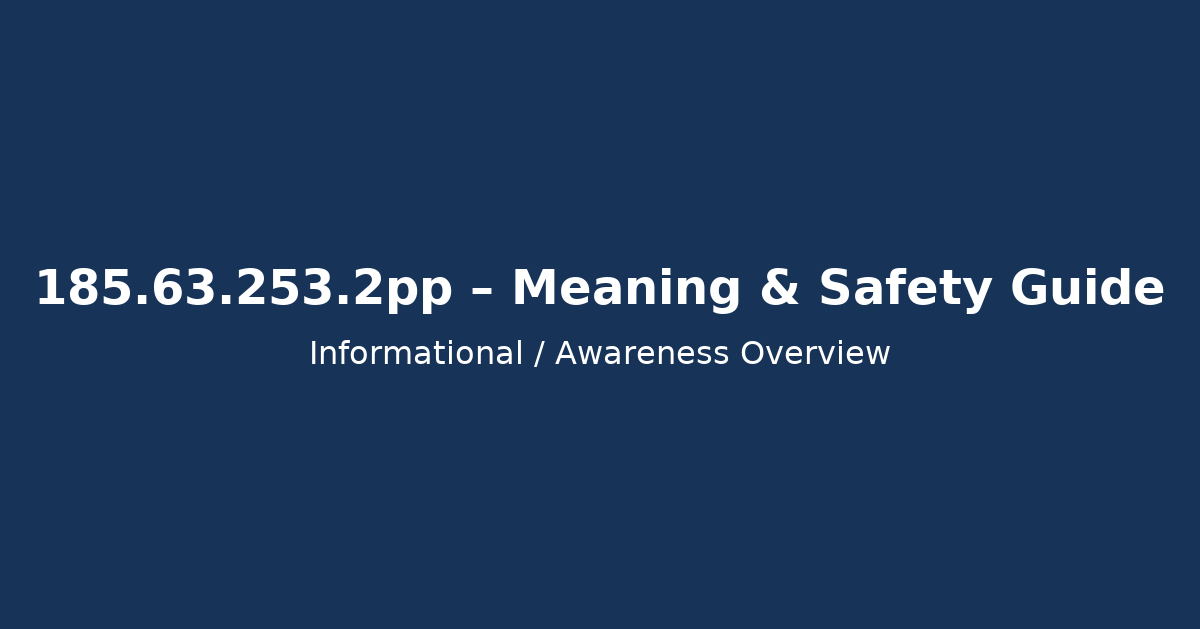- Understanding Android Content URIs
- What is a Content URI? Why Does Android Use It?
- Content URI vs. File Path — A Visual Comparison
- Breaking Down content://cz.mobilesoft.appblock.fileprovider/cache/blank.html
- How AppBlock Uses This URI?
- Key AppBlock Features
- Role of blank.html Cache File
- Why does content://cz.mobilesoft.appblock.fileprovider/cache/blank.html appear?
- Is content://cz.mobilesoft.appblock.fileprovider/cache/blank.html a Security Risk?
- Latest Developer Best Practices for Content URI Handling (2025)
- Visualizing Content URI as a Secure Gateway
- Real-World Use Case: Focus and Productivity Gains with AppBlock
- Conclusion
- Expand Your Knowledge: FAQs
After coming across the content / cz mobilesoft appblock fileprovider / cache blank.html, it can be difficult to make sense of, particularly when it is included in logs, diagnostic results, or application behavior traces on your Android. This URI (Uniform Resource Identifier) is a regular, secure aspect of the Android operating system and productivity app, AppBlock, for file management within the system, though.
This paper describes the purpose of this content URI, how it is used in the Android app architecture, how it is used in appblock performance and security, and some of the best security practices that developers will be doing in 2025, as well as some practical advice to help users and developers realize that this URI is harmless. You will also have developer best practices, illustrations, and resolutions to user frequently asked questions.
Understanding Android Content URIs
What is a Content URI? Why Does Android Use It?
Android apps often need to interact with data stored internally or share this data with other apps. To do this securely, Android uses Content URIs instead of direct file paths.
Content URI Highlights:
- Abstracts file location: Rather than exposing exact storage paths, content URIs reference content managed by system components called Content Providers.
- Fine-grained security: Access permissions tied to URIs prevent unauthorized app access.
- Dynamic sharing: Other apps can be granted temporary, limited access via specific permission flags.
- Sandbox preservation: Helps Android maintain strict app separation, protecting data integrity and privacy.
Content URI vs. File Path — A Visual Comparison
| Feature | Content URI | Traditional File Path |
| Security | Permission-based, abstracted access | Direct, permanent file system access |
| Sharing | Time-limited, controlled permission grants | Permanent access if file is shared |
| Visibility | Abstract, does not expose real storage | Reveals actual storage paths |
| Platform Integration | Supported and enforced by Android OS | Legacy method, less secure |
Breaking Down content://cz.mobilesoft.appblock.fileprovider/cache/blank.html
Understanding each segment elucidates how the URI functions within the app and Android platform:
- content:// — Tells Android this is a content URI handled by the system’s ContentResolver.
- cz.mobilesoft.appblock.fileprovider — Authority string designating the FileProvider for the specific app AppBlock developed by MobileSoft s.r.o. This component manages secure file access.
- /cache/ — Folder inside the app’s sandboxed storage for temporary files.
- blank.html — A lightweight HTML file stored in cache; often used as a quick-loading placeholder or interstitial screen.
This URI is a local device reference, not a web URL, serving as a secure route to cached app content.
How AppBlock Uses This URI?
AppBlock is useful in enabling people to become more productive by blocking annoying apps, websites, and notifications during customizable focus periods. It implements the Android platform features, such as Accessibility Service, VPNs, and ContentProviders in order to enforce it efficiently.
Key AppBlock Features
| Feature | Description |
| Application Blocking | Blocks distracting apps or websites during focus periods |
| Smart Scheduling | Automates blocking based on time or location |
| Usage Analytics | Offers reports on screen time and app interactions |
| Strict Mode | Prevents circumvention of restrictions |
Role of blank.html Cache File
When AppBlock blocks content, it often needs to display minimalist intermediate screens. Using a cached file like blank.html:
- Speeds app response time and reduces network reliance.
- Creates smooth transitions in UI when blocking content.
- Ensures consistent, non-disruptive user experience.
Accessing this cached file is done securely via the Content URI mentioned, ensuring internal sandboxing rules aren’t violated.
Why does content://cz.mobilesoft.appblock.fileprovider/cache/blank.html appear?
You may see this URI:
- In developer or system logs during troubleshooting or analysis.
- When using system cleaning tools scan cached files.
- Due to WebView caching, lightweight HTML files speed up rendering.
- During AppBlock restricted content sessions, the app loads the local blank page.
This URI is a sign of normal, expected app behavior, not an error or compromise.
Is content://cz.mobilesoft.appblock.fileprovider/cache/blank.html a Security Risk?
Understanding the security makes it clear this is safe:
- It references a local file within AppBlock’s sandbox—isolated from other apps.
- Managed by Android’s FileProvider framework which enforces strict permission checks.
- Permissions are temporarily granted and can be revoked automatically.
- The file itself holds no sensitive or personal data.
- Cached files are regularly cleaned, preventing buildup or stale data exposure.
| Security Question | Answer |
| Malware or spyware? | No |
| External app access? | No, without explicit, temporary permission |
| Personal data exposure risk? | No |
| Manual deletion needed? | No; handled by system/app |
Using established Android APIs and practices means this is a normal feature, not a threat.
Also Read: https://ityug247.com/k2s-cc-ludella/
Latest Developer Best Practices for Content URI Handling (2025)
Developers adhering to current security and design standards ensure apps using cached content URIs maintain user trust:
1. Proper FileProvider Implementation
- Define FileProvider in AndroidManifest.xml with a unique authority (cz.mobilesoft.appblock.fileprovider).
- Specify cache and other accessible paths clearly to avoid unintended exposure.
2. Use Permission Grants Wisely
- Share URIs using flags like FLAG_GRANT_READ_URI_PERMISSION.
- Limit permission scope and lifetime strictly (principle of least privilege).
3. Cache Management
- Store transient files like blank.html only in designated cache folders.
- Clear cache on app lifecycle events or memory constraints to avoid clutter.
4. Validate Data Access
- Use parameterized queries and validate inputs even when accessing content URIs to avoid injection attacks.
5. Security Auditing
- Regularly audit app logs and URI access patterns to detect suspicious activity or permission misuse.
These practices fortify app security and smooth user experience.
Visualizing Content URI as a Secure Gateway
Think of content URIs as guarded doorways into the app’s private data:
- The FileProvider acts as a security checkpoint enforcing rules.
- Permission flags are visitor passes with expiration times.
- Cached files behind the door, like blank.html, are simple props enhancing app flow but contain no sensitive items.
This analogy clarifies why such URIs show up in logs—they reflect controlled, secure internal operations, not security breaches.
Real-World Use Case: Focus and Productivity Gains with AppBlock
Users leveraging AppBlock notice:
- Up to 40% reduction in social media distractions.
- Improved productivity with strict blocking enforced efficiently.
- Reliable, lag-free blocking screens powered by cached blank.html files, accessible through secure content URIs.
This seamless integration of cached resources with secure URI handling is a key factor in positive user experiences.
Conclusion
content://cz.mobilesoft.appblock.fileprovider/ cache/ blank.html is an insecure but integral part of AppBlock design that concurs with the best practices of Android in data security and user experience. Knowing that it plays its role eliminates worries and brings to focus the very advanced application design that not only focuses on performance but also on the safety of the users.
To developers, adhering to modern best practices of 2025 in terms of FileProvider, content URIs, and cache management is a certain guarantee of secure and high-quality app experiences.
Expand Your Knowledge: FAQs
Q1: What is content://cz.mobilesoft.appblock.fileprovider/cache/blank.html?
It’s a secure local content URI pointing to a cached blank HTML file used internally by AppBlock for displaying quick-loading block screens.
Q2: Is this content URI dangerous?
No, it is a secure Android system feature ensuring app data privacy while improving UX.
Q3: Can other apps access this URI?
No, unless specifically granted permission by AppBlock, access is restricted.
Q4: Should I delete blank.html file?
No, cache management is automatic and essential for smooth app behavior.
Q5: How can developers use similar caching?
By implementing FileProvider with clear path definitions and using temporary permission grants for content URI sharing.







